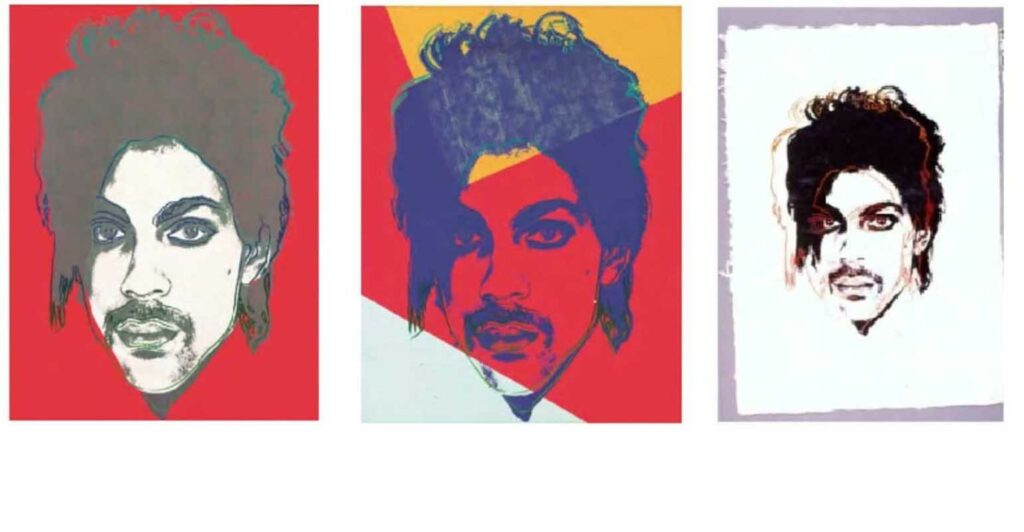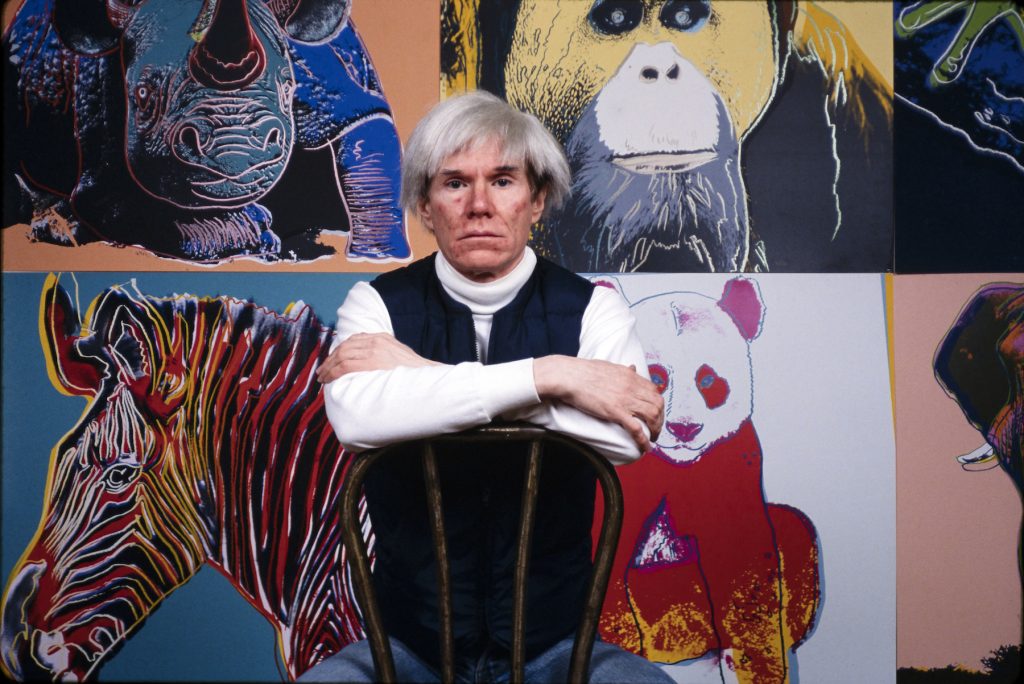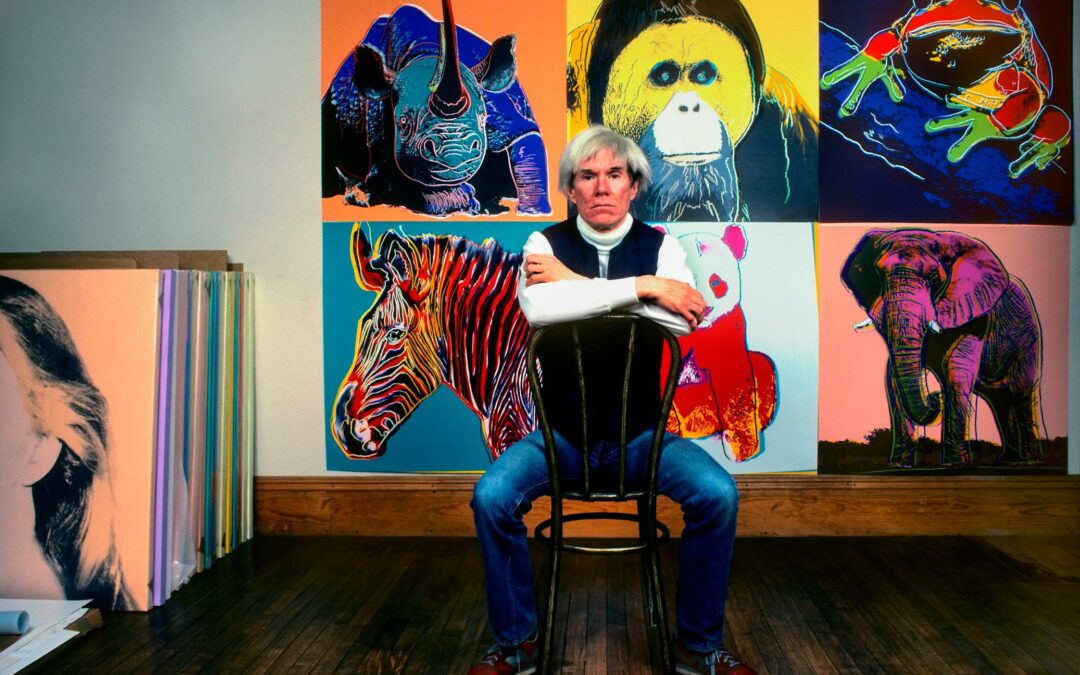The United States Supreme Court found on Thursday that Andy Warhol violated a photographer’s copyright by exploiting her photographs of late music icon Prince in one of his screen print compositions.
Lynn Goldsmith, one of music’s most illustrious photographers who has photographed industry titans such as Bob Dylan and Bruce Springsteen, captured the legend’s image. The United States Supreme Court concluded seven to two that Warhol did not make legal “fair use” of the photographs.
According to Billboard, Warhol’s lawyers argued that reusing photographs would not “chill” creativity. Instead, they received a ruling led by Justice Sonia Sotomayor, which stated that Warhol was pursuing the same business goal as Goldsmith.
“Lynn Goldsmith’s original works, like those of other photographers, are entitled to copyright protection, even against famous artists,” wrote Sotomayor.
The case is the Supreme Court’s first on creative works and fair use in nearly 30 years. The Recording Industry Association of America (RIAA) and the National Music Publishers’ Association lobbied for a narrow interpretation of fair use, claiming that it was “critical to the American music industry.”

Following the decision, RIAA Chairman and CEO Mitch Glazier issued the following statement to The Source:
“We applaud the Supreme Court’s considered and thoughtful decision that ‘transformative use’ claims cannot undermine the fundamental rights granted to all creators under the Copyright Act.” For far too long, lower courts have misinterpreted fair use, and we are happy that the Supreme Court has confirmed the essential goals of copyright. We hope that others who have relied on misguided – and now debunked – claims of ‘transformative usage,’ such as those who utilize copyrighted works to train artificial intelligence systems without permission, will reconsider their actions in light of this significant judgement.”
The Warhol creation in question was featured in the 1984 Vanity Fair story “Purple Fame.” Goldsmith licensed the image in 1981, but Warhol went on to create a dozen other versions that were sold to art collectors and institutions. Goldsmith did not license those additional versions. When Prince died, Condé Nast magazine re-used Warhol’s photograph without permission, resulting in a legal battle between the two parties.

A federal judge ruled in favor of “transformative use” in 2019, finding that Warhol’s creations “transformed Prince from a vulnerable, uncomfortable person to an iconic, larger-than-life figure.” A 2021 decision overturned the ruling, resulting in the issue being heard by the Supreme Court.
“If the last century of American art, literature, music, and film are any indication, the existing copyright law, of which today’s opinion is a continuation, is a powerful engine of creativity,” Sotomayor said.
Download The Radiant App To Start Watching!
Web: Watch Now
LGTV™: Download
ROKU™: Download
XBox™: Download
Samsung TV™: Download
Amazon Fire TV™: Download
Android TV™: Download

